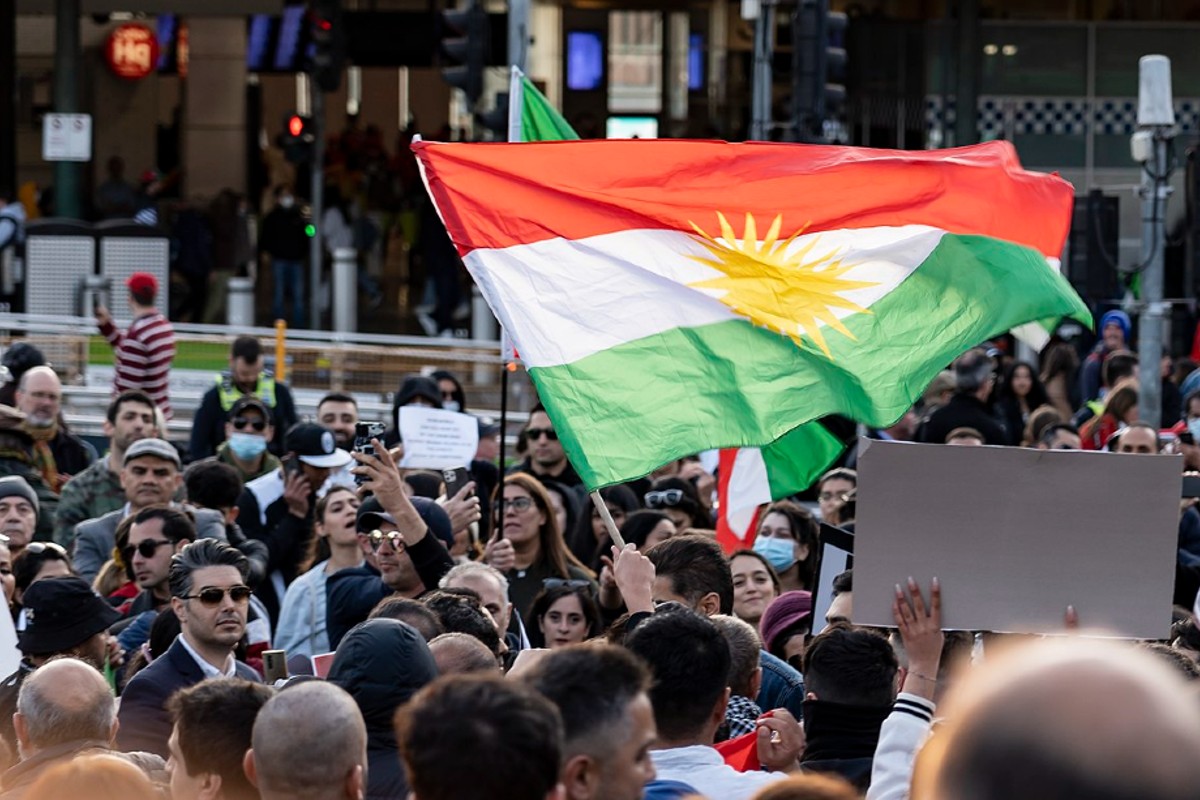
Forum held at Sydney University on death of Mahsa Amini as Iran revolts

Image: Protesters in Melbourne rally against death of 22-year-old Mahsa Amini in Iran. Photo: Wikimedia commons.
By CHRISTINE LAI
The Socialist Alternative hosted a public forum on Tuesday evening discussing the movement against the oppression of women and the protest movement in Iran.
Following the death of Mahsa Amini by the Iranian Morality Police on September 16, protests and strikes have occurred throughout Iran, and the movement of women revolt has had a resounding effect which can be seen in solidarity protests held around the world.
Speakers at the event included Diane Fieldes and Bella Beiraghi who discussed the inequality and economic crisis in Iran and the mass movement that has sparked in response to the oppression of women.
The death of 22-year-old Mahsa Amini, a Kurdish-Iranian woman, who died in custody under Iran’s Morality Police last month has resulted in civil unrest in the country with hundreds of activists and journalists placed under arrest during night-time demonstrations while calling for justice for Amini.










